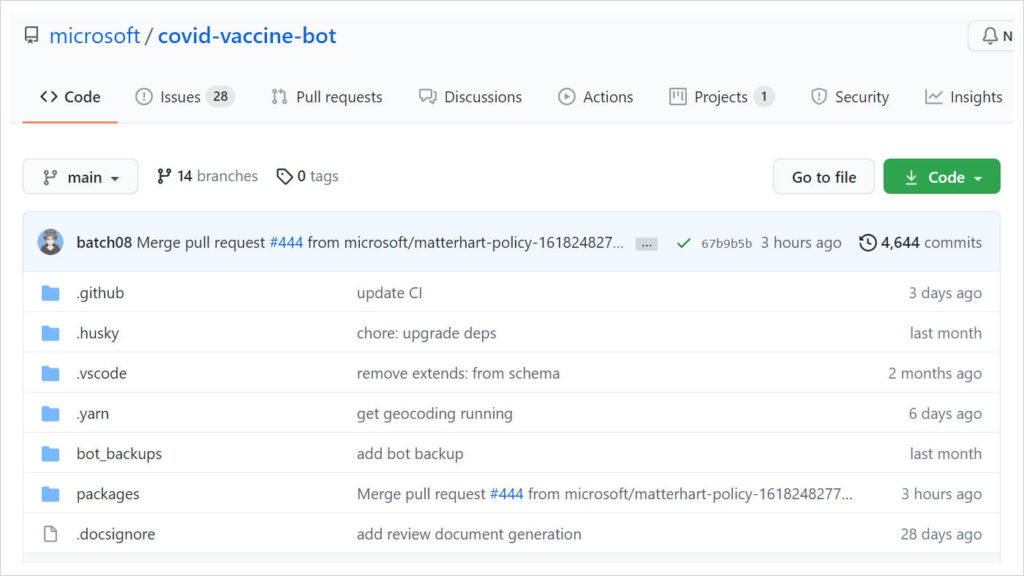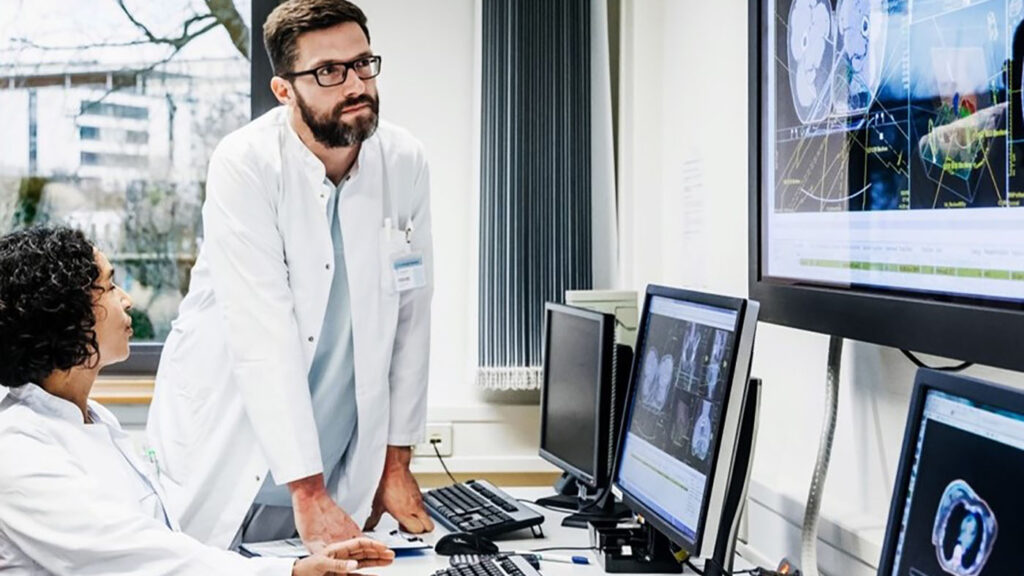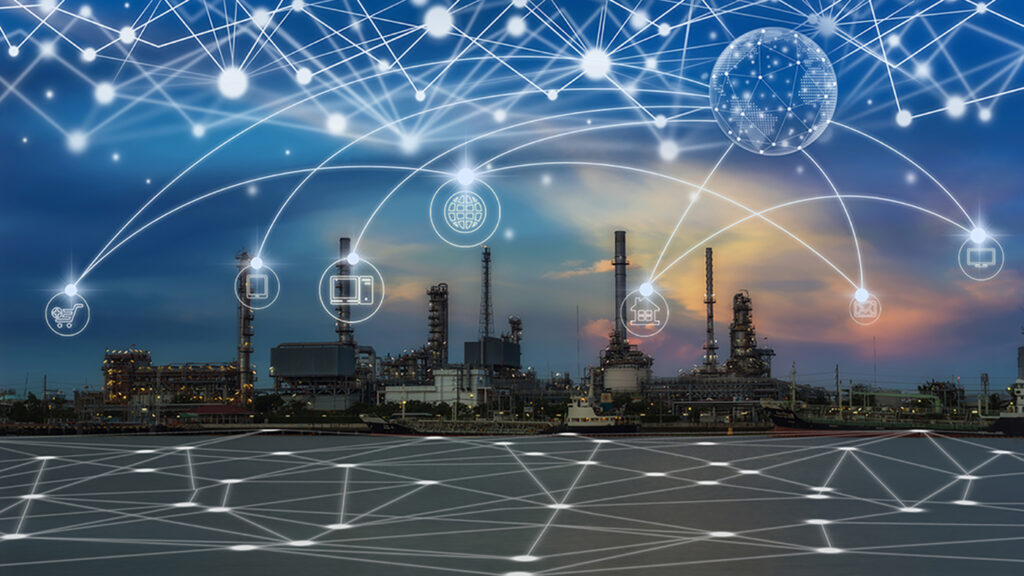Seven guiding principles for societal resilience research
At a high-level, we can define resilience as the capacity to anticipate, absorb, and adapt to disruption. This definition draws on diverse theories of resilience in the areas of ecology, psychology, and engineering, and has broad applicability across the social and organizational sciences, as well as the various stages of crisis management. However, understanding what it means to be resilient is only part of the journey towards building societal resilience. We believe that new technologies can play a crucial role in building capacity for resilience, by amplifying the ability of organizations to reach and support the many communities of individuals that make up our global society. The concepts of technologies, organizations, and communities are therefore foundational to our approach, with the relationships between these concepts helping us to map out seven guiding principles for societal resilience research:

Tackle the causes and consequences of systemic vulnerability
Focus: Communities
Goals: While we work to develop societal resilience, we also recognize that contemporary society does not work for everyone. The structural inequalities that create advantages for some at the expense of others lead to entire cross-sections of society being marginalized, exploited, or otherwise vulnerable to a variety of risks. A resilient society protects the rights and dignity of all its members by working to address both the causes and consequences of inequality. Since communities are the connective tissue that bind any society together, we aim to tackle issues that cause systematic vulnerability and harm at the community level.

Convene and participate in broad coalitions with a bias for action
Focus: Organizations
Goals: Serving vulnerable communities requires an understanding of their immediate needs and concerns, as well as the ability to influence the development of policies providing long-term assistance and addressing root causes of vulnerability. This requires broad coalitions spanning government, business, and civil society, especially community-based organizations with a history of trusted support. Both technology companies and community organizations have a bias for action, but only community organizations have the domain knowledge to design and deliver solutions in the best interests of affected communities.

Contribute a “resilience toolbox” of open tools and technologies
Focus: Technologies
Goals: Developing resilience-building technologies in the open, on platforms such as GitHub, can reduce barriers to both collaboration and adoption. Such open innovation enables organizations without formal business partnerships to contribute to shared artefacts, which can in turn can be adapted by third parties for specific use contexts. We aim to simplify and accelerate the adoption process by providing reference examples at each level of the “software supply chain” spanning data, standards, libraries, and applications. Where possible, we strive to solve “last mile” challenges where typical technology efforts prematurely end.

Understand the links between people, practices, and outcomes
Focus: Communities + organizations
Goals: We are concerned with the disruptive transformation of practice, not markets. This allows us to focus on the non-commercial applications of technologies that do not themselves need to be “disruptive”, but which can be rapidly composed from combinations of existing capabilities in ways that facilitate the desired transformations. Before we can design for the emergence of new and improved practice, however, we must first understand the structure of relationships between existing people, practices, and outcomes. Only by transforming these systems of activity can technology help build capacity for resilience.

Democratize expert workflows and real-world evidence development
Focus: Organizations + technologies
Goals: In times of crisis, concentration of expertise can lead to adverse outcomes as experts become overstretched and access to experts becomes limited. Building tools that embody and facilitate expert workflows can help to scale best practices across populations of users who may otherwise lack the required domain or technical expertise. Another important way in which technology can achieve impact at scale is to support the activities of policy making and policy evaluation. Democratizing access to real-world data and the means of developing real-world evidence is crucial for shaping policies that drive the most beneficial outcomes.

Build trust through transparency and value-sensitive design
Focus: Communities + technologies
Goals: One of the ways in which technologies can fail their intended beneficiaries is if they are not designed in a way that is sensitive to human values such as privacy, accountability, and fairness. Another is if they disregard aspects of the cultural and historical context that may cause some groups to question the methods of support being offered – or the motives of those offering it. Being transparent about methods and motives can help to build trust in technology, especially if that technology is developed with stakeholders in a participatory design process. Use of explainable technologies also enables a more informed basis for consent.

Design for transformation at the “mesoscale” of activity
Focus: Communities + organizations + technologies
Goals: Across all principles, we aspire to design technology that transforms practice at the mesoscale of society. Both organizations and communities occupy this intermediate level between the microscale of individuals and the macroscale of society as a whole. The mesoscale is “where the action is” – the institutions and infrastructure that should sustain the proper functioning of society for the good of all individuals. It is the level where structural issues manifest, where coalitions and open-source communities form, and where real-world networks and activities shape the course and resilience of society – for better or worse.

